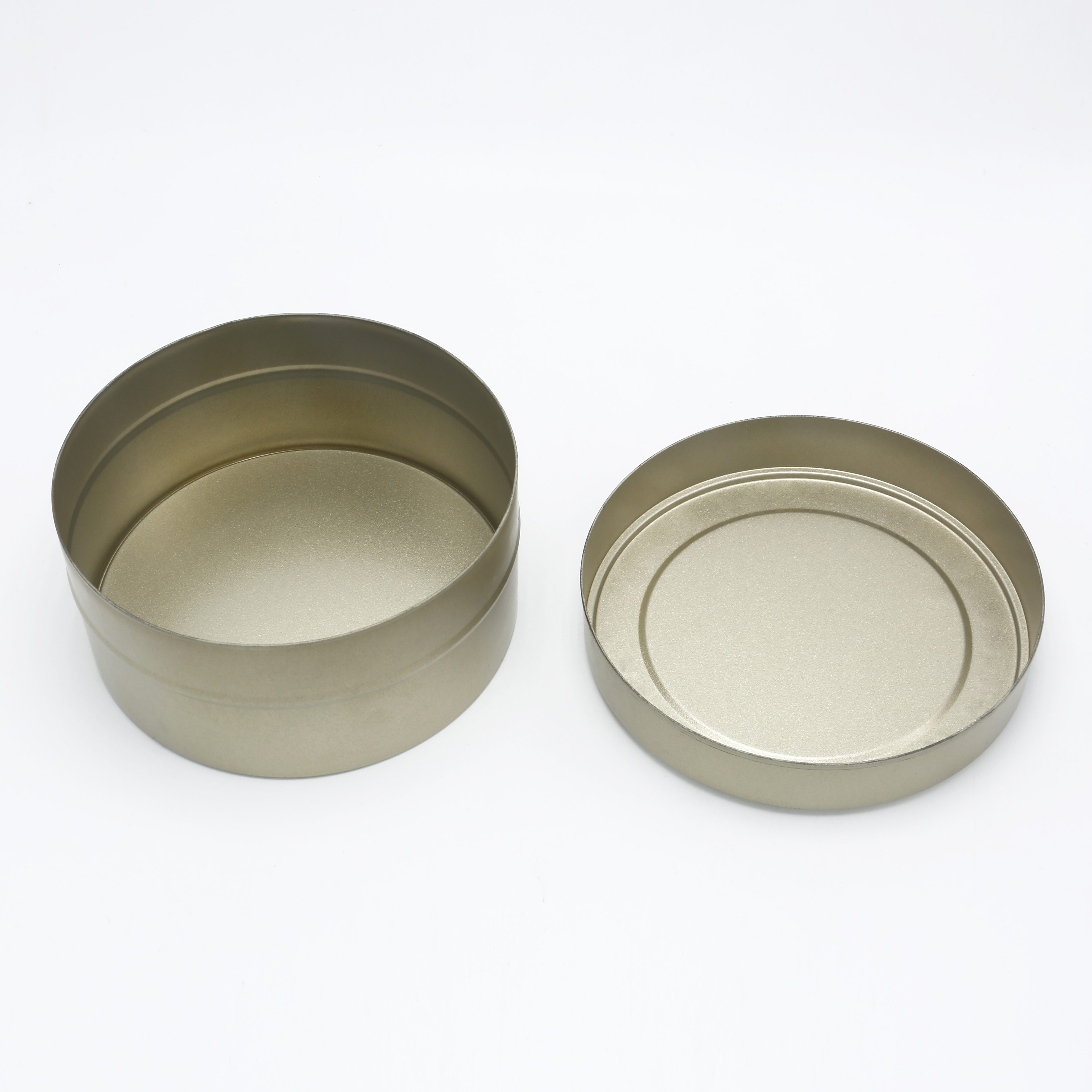Tin cans have long been a staple in packaging, renowned for their durability and versatility. Over the years, the classic look of the tin can has evolved, with a variety of shapes and designs to suit different market needs. Each design has its own unique advantages and disadvantages, as well as specific market uses, highlighting their enduring appeal. Among them, the round can and Square can are the most classic.
 The round can is perhaps the most iconic and widely known can design. Its cylindrical shape allows for efficient stacking and storage, making it a popular choice for food and beverage packaging. The classic look of a round can is not only practical, but also aesthetically pleasing, often adorned with brightly colored labels that appeal to consumers. However, one disadvantage of a round can is that it limits the amount of product that can be stored compared to a square can that makes more efficient use of space. Despite this, the round can remains a staple in the market, especially for products such as soups, vegetables and soft drinks.
The round can is perhaps the most iconic and widely known can design. Its cylindrical shape allows for efficient stacking and storage, making it a popular choice for food and beverage packaging. The classic look of a round can is not only practical, but also aesthetically pleasing, often adorned with brightly colored labels that appeal to consumers. However, one disadvantage of a round can is that it limits the amount of product that can be stored compared to a square can that makes more efficient use of space. Despite this, the round can remains a staple in the market, especially for products such as soups, vegetables and soft drinks.

In contrast, square cans put a modern spin on the classic tin can look. Their angular design maximizes shelf space, making for more efficient storage and shipping. Square cans are often used for products that require a larger capacity, such as paints and oils. The classic look of a square can can be enhanced with a sleek, minimalist design to appeal to contemporary consumers. However, the square shape may not be as visually appealing to some, as it lacks the traditional charm associated with round cans. Nonetheless, the practicality of square cans makes them a popular choice across a wide range of industries.
In summary, the classic tin can look has evolved to include a variety of shapes, each with their own advantages and disadvantages. From timeless round cans to modern square cans, the market continues to embrace these designs.
Post time: Dec-12-2024




